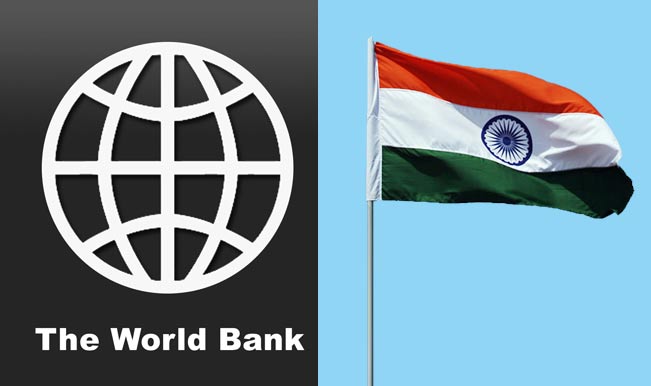An Air India flight from Delhi to Stockholm(Sweden) carrying 179 passengers
hit an airport terminal building while landing in the Swedish capital.
No casualties have been reported.
The accident occurred at 5.45 pm about 50 metres from the Stockholm
Arlanda airport, when the plane was being taxied towards the gate. Its
left wingtip hit the building, causing damage to the plane.
A passenger who was on the flight told TNM, "The flight was taxiing,
announcing early arrival. Suddenly, there was a big screeching sound and
skid; and within minutes police cars had surrounded us. It was crazy -
only then did we realise that the wing had hit a building and was stuck
there."
"The 179 passengers were able to get off the plane via a mobile
staircase and then enter the terminal," the local police said in a
statement.
According to news agency ANI, the 179 passengers on the flight were
shifted to another Air India carrier and the cockpit crew was taken off
duty.
Police have started the investigating the mishap.
Meanwhile, the AI 167 flight from Stockholm to Delhi has been
cancelled. The passengers are stranded at the airport. So far, there has
been no statement or acknowledgement from Air India on the issue.
Earlier in October, Air India pilots kept flying the flight to Dubai
even after a mishap during takeoff. The plane's underside had been badly
scraped while it took off from Trichy. The plane had to be diverted to Mumbai as a result.
And in September 2018, an Air India flight landed
on an under-construction runway at Male airport in Maldives. The
flight, AI 263, was operational on the Delhi-Thiruvananthapuram-Male
route. The 136 passengers on board were all safe.




